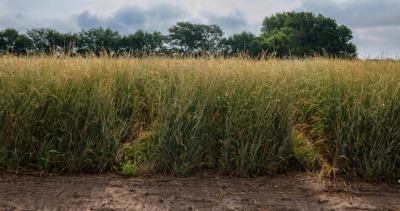About 87% of the world’s harvested area is cultivated with annual crops, mainly grains, that must be resown every year/season. As continued climate change is rendering our existing cultivars increasingly vulnerable to stress, a shift to perennial grain crops would turn cropping into a carbon sink for decades, would likely reduce greenhouse gas emissions such as nitrous oxide, and would significantly reduce erosion and nutrient leakage. Perennial crops also have the potential to drastically reduce the costs of farming by cutting the need for external inputs (seeds, fertilizers, pesticides, machinery, energy, and labor) and hence generate social and economic advantages particularly to farmers and rural societies.
As part of the Decade of Action to achieve the Sustainable Development Goals by 2030, the UN is convening a Food Systems Summit to highlight how organizations are harnessing science, technology, and innovation to work towards the aspiration of efficient, inclusive, resilient and sustainable food systems. As a side event associated with the Science Days for the UN Food Systems Summit 2021, The Land Institute (USA) in collaboration with Birzeit University (Palestine), Lund University (Sweden), Yunnan University (China), and Swedish University of Agricultural Sciences (Sweden), hosted a conversation about the potential of perennial agriculture.

